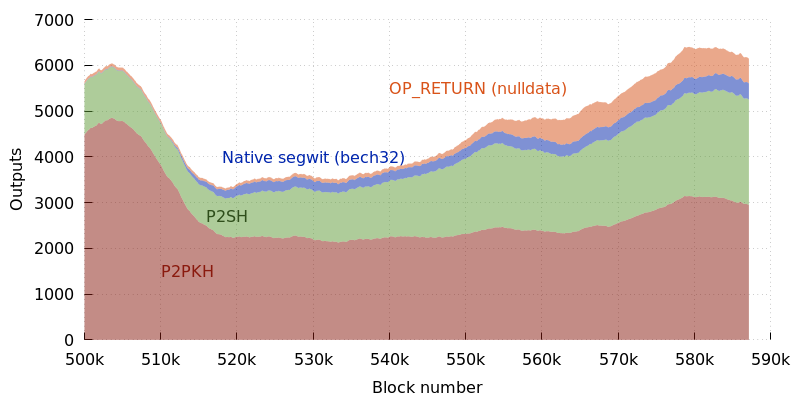Blockchain: Cryptocurrency Transactions
Blockchain for Transaction Management
Using a blockchain explorer to check the status of your transaction can be very helpful, especially when you’re dealing with large sums of cryptocurrency. Blockchain explorers are also useful for tracking down the history of a particular address or verifying the integrity of a specific block on the chain. They are designed to be user-friendly, with easy-to-use interfaces that make it simple for anyone to explore the blockchain.
Another benefit of using a blockchain explorer is the ability to track the progress of a transaction in real-time. When sending a transaction, it can be difficult to know whether it has been successfully broadcasted to the network and included in a block. With a blockchain explorer, you can track the progress of your transaction and see exactly where it is in the blockchain. This can provide peace of mind when dealing with large sums of cryptocurrency or when sending time-sensitive transactions.

Cryptocurrency Transaction Time Variations
One thing to note is that the time it takes for a transaction to be confirmed can vary depending on the cryptocurrency you’re using and the current network conditions. Bitcoin transactions, for example, can take up to an hour to confirm during periods of high network traffic. Other cryptocurrencies, like Ethereum, are generally faster and can confirm transactions in a matter of minutes.

Secure Use of Blockchain Explorers
When using a blockchain explorer, it’s important to ensure that you’re using a trusted and reliable service. Some malicious actors may create fake explorers that look like legitimate ones in an attempt to steal your private keys or other sensitive information. Always double-check the URL and look for security certificates before entering any personal or financial information.
Moreover, it’s a good idea to use a blockchain explorer that provides additional security features, such as two-factor authentication, password protection, and encrypted connections. These features can add an extra layer of protection to your transactions and ensure that your sensitive information remains secure. By taking these precautions, you can use a blockchain explorer with peace of mind, knowing that your transactions and private information are safe from potential threats.
Blockchain Data Analysis Benefits
In addition to checking the status of your own transactions, blockchain explorers can also be used to explore the history of the blockchain itself. By analyzing the data stored on the blockchain, researchers and analysts can gain insights into transaction volumes, network activity, and other important metrics. This information can be used to inform investment decisions or to develop new blockchain applications and services.
BTC funding address
Bitcoin has three main address formats for its transactions. The original address format is Pay-to-Public-Key-Hash (P2PKH) which starts with the number 1 and is shorter and easier to remember than other address formats. Pay-to-Script-Hash (P2SH) addresses start with the number 3 and are used for multisig transactions or transactions with complex scripts, while Bech32 (SegWit) addresses start with “bc1” and offer improved security and lower transaction fees. It’s important to note that some wallets may support additional address formats beyond these three, and different cryptocurrencies may have different address formats, so it’s crucial to use the correct address format for the cryptocurrency you’re transacting in to ensure your transactions are secure and your assets are protected.
